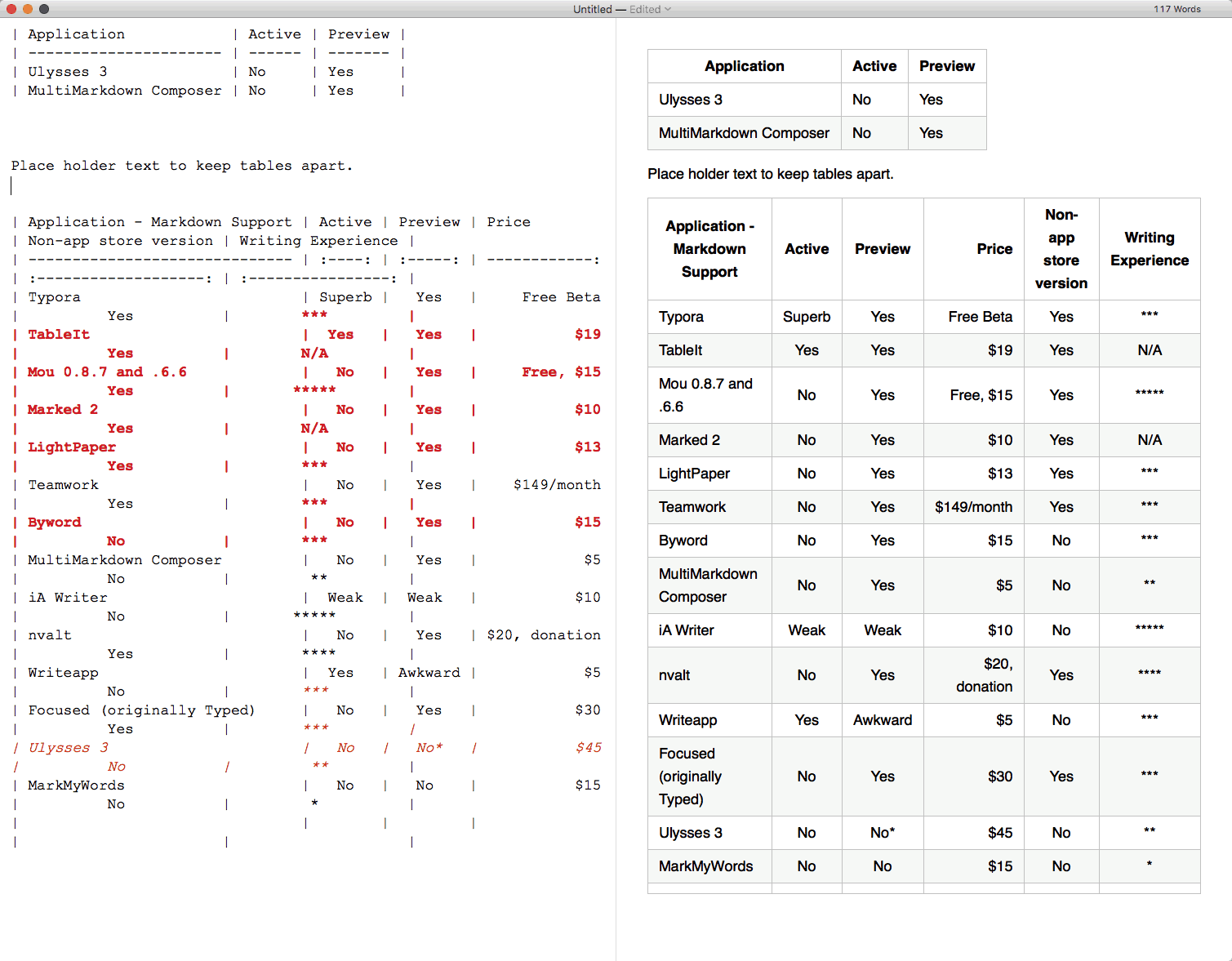

the line preceding the code block must be empty). Note that you cannot start a code block in the middle of a paragraph (i.e. We continue with a normal paragraph again.ĭoxygen will remove the mandatory indentation from the code block. Preformatted verbatim blocks can be created by indenting each line in a block of text by at least 4 extra spaces This a normal paragraph Make sure to also read Lists Extensions for doxygen specifics. You can also make a numbered list like so 1. List items can span multiple paragraphs (if each paragraph starts with the proper indentation) and lists can be nested. Simple bullet lists can be made by starting a line with -, +, or *. The second line will not be seen as a block quote. Note that doxygen requires that you put a space after the (last) > character to avoid false positives, i.e. Lists and code blocks (see below) can appear inside a quote block. Here is an example: # This is a level 1 headerīlock quotes can be created by starting each line with one or more >'s, similar to what is used in text-only emails. You can end a header by any number of #'s. The number of #'s at the start of the line determines the level (up to 6 levels are supported). Note that the exact amount of ='s or -'s is not important as long as there are at least two.Īlternatively, you can use #'s at the start of a line to make a header. Level 1 or 2 headers can be made as the follows This is a level 1 headerĪ header is followed by a line containing only ='s or -'s.

Just like Markdown, doxygen supports two types of headers

We continue with more text in another paragraph. The section Markdown Extensions discusses the extensions that doxygen supports.įinally section Doxygen specifics discusses some specifics for doxygen's implementation of the Markdown standard.Įven before doxygen had Markdown support it supported the same way of paragraph handling as Markdown: to make a paragraph you just separate consecutive lines of text by one or more blank lines.Īn example: Here is text for one paragraph. Some enhancements were made, for instance PHP Markdown Extra, and GitHub flavored Markdown. The reader is referred to the Markdown site for more details. In the next section the standard Markdown features are briefly discussed. While Markdown's syntax has been influenced by several existing text-to-HTML filters, the single biggest source of inspiration for Markdown's syntax is the format of plain text email. The idea is that a Markdown-formatted document should be publishable as-is, as plain text, without looking like it's been marked up with tags or formatting instructions. The design goal for Markdown's formatting syntax is to make it as readable as possible. It is a plain text formatting syntax written by John Gruber, with the following underlying design goal: You can align text to the left, right, or center of a column by including colons : to the left, right, or on both sides of the hyphens within the header row.Markdown support was introduced in doxygen version 1.8.0. | `git diff` | Show file differences that **haven't been** staged | | `git status` | List all *new or modified* files | You can use formatting such as links, inline code blocks, and text styling within your table: | Command | Description | For more information, see " Enabling fixed-width fonts in the editor." Formatting content within your table If you are frequently editing code snippets and tables, you may benefit from enabling a fixed-width font in all comment fields on GitHub. | git diff | Show file differences that haven't been staged | | git status | List all new or modified files | There must be at least three hyphens in each column of the header row. The pipes on either end of the table are optional.Ĭells can vary in width and do not need to be perfectly aligned within columns. You must include a blank line before your table in order for it to correctly render. Hyphens are used to create each column's header, while pipes separate each column. You can create tables with pipes | and hyphens.


 0 kommentar(er)
0 kommentar(er)
